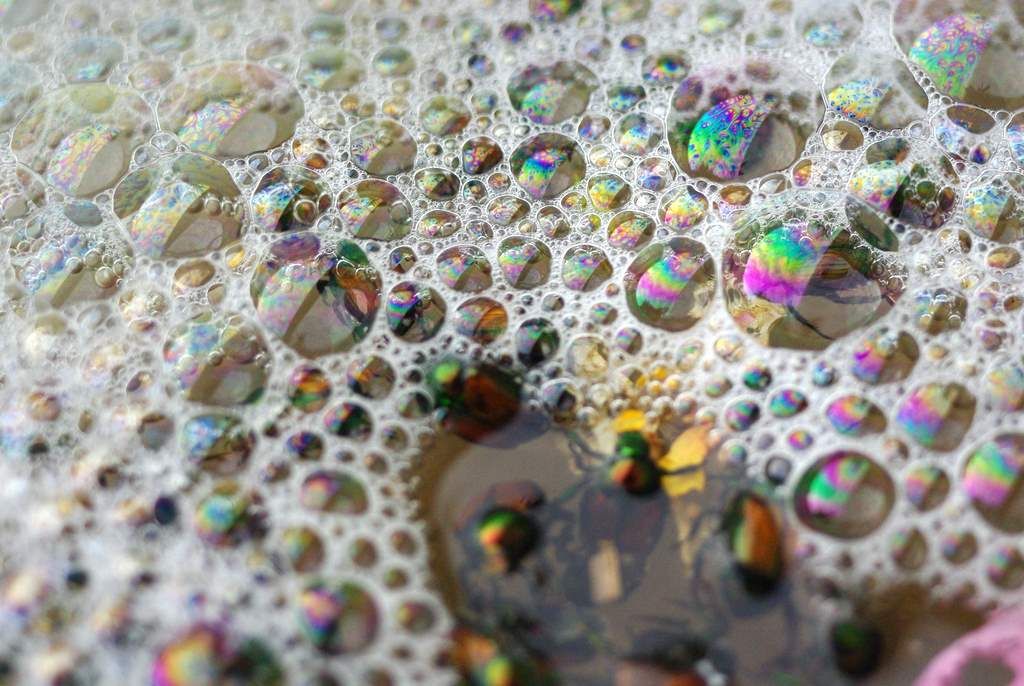 |
| Japanese Beetles are composed of 25% hatred, 25% annoyance, and 50% pure evil |
The larva of these beetles, commonly known as a grub worm, feed on the roots of turf grass and can cause serious damage if left untreated. There are grub-killing products available, which commonly come in a powdered form.
 |
| The root of evil |
The adults, however, are the focus for us here in the garden as they are starting their annual feasting.
 |
| Creatures of mass destruction |
Japanese beetles feast one over 200 species of plants, including beans, strawberries, tomatoes, peppers, grapes, hops, roses, cherries, plums, pears, peaches, raspberries, blackberries, corn, peas, and blueberries. Once an adult beetle finds a tasty food source, it releases a pheromone that attracts other beetles.
 |
| Japanese Beetles are having a party.... all over your bean plants |
The population on the food source rapidly increases, and the adults will begin mating, all while they skeletonize the leaves of the plant. The beetles are also known to feed on the fruit of the plant when it is available. The damage caused by the beetles can be extensive, and can quickly kill or seriously damage a plant.
 |
 |
| Die! Return from whence you came! |
You could also make a soapy solution (using organic, liquid dish soap as discussed in Handling the Cucumber Beetle Organically) and spray it directly on the beetles if you don't want to touch them. The spray also gives you the added benefit of watching them wither around as they slowly suffocate (bwahahahaha).
 |
| Suds of death |
Please, PLEASE, only use organic soap when making a spray solution, and if you're going to drown them in a bucket (and use non-organic soap), please dump it out at home, away from the garden.
Also, please do not use a Japanese Beetle Trap. These traps are not very effective, and contain pheromones which attract more beetles than they actually trap as the beetles are very clumsy flyers and have a hard time landing in the trap.
 |
| Noneffective Japanese Beetle trap |
Stephanie Stiglmeier
Community Garden Intern
* NOTE FROM JEN: One plant that seems to get decimated by the beetle -- but actually survives an onslaught pretty well -- is the mighty eggplant. I've had plants with lace leaves still produce a ton of eggplants. This isn't reason to let the beetles live -- no, I'm with Stephanie in my desire to squash them all to smithereens -- but just a note that you might not have to pull out an eggplant that looks like it was attacked. If it's putting up new leaves and flowering, it'll fruit, even with lacy leaves.
No comments:
Post a Comment